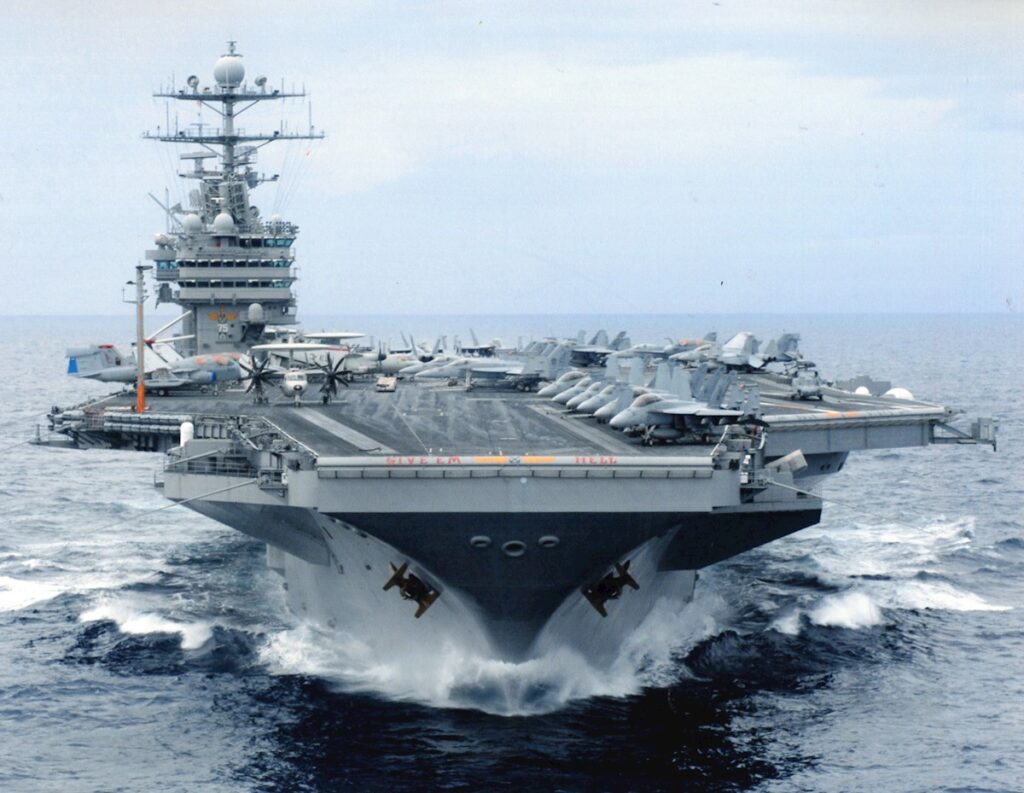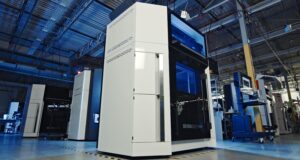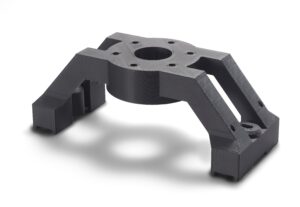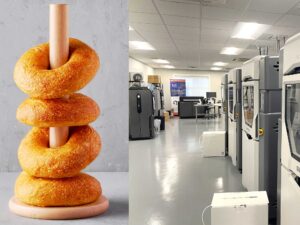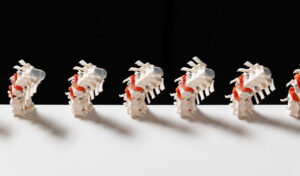The Nimitz-class aircraft carrier USS Harry S. Truman
According to a recent article in the Virginian-Pilot, a new tangent in the future of shipbuilding has been slowly taking shape. The shapes were a collection of small cubes and rectangles, about 3 to 6 inches tall, designed by Kyle Wade — a Newport News Shipbuilding mechanical engineer and Navy reservist — via 3D modeling software and uploaded to the printer rather than being cast in a foundry. The pieces were being printed to test for strength and quality.
“We look at the microstructure as well as the strength properties,” Hebert said as he stood near the machine, watching as the pieces took shape through a small window in its side. “So, when we compare traditional properties, or traditional processes, we’re trying to make sure that this process is as strong as our traditional cast.”
3D printing, also known as additive technology, is not new. The Navy has used it for other purposes. In 2018, Naval Sea Systems Command approved a prototype 3D-printed metal drain strainer for installation on the Naval Station Norfolk-based aircraft carrier Harry S. Truman.
There was no rule book for 3D metal printed objects, or specifications to work from, Don Hamadyk, director of research and development, said. “We’re still paving the road because the Navy has to pay a lot of attention to the reliability of the parts,” Hamadyk said.
As Newport News Shipbuilding developed its own qualifications, the Navy worked separately on its specifications for industry, Justin Rettaliata, who handles the approval of 3D printed components for ship installation for NAVSEA, said. Those specifications include details from the process and materials used to the tests that must be performed. “For casting and forging we have reams of data from hundreds of years of experience on what the material properties are,” he said.
The part being installed on Truman took three days to build. It was originally a cast part made that required a lead time of up to nine months. The Navy is looking to 3D printing as a way to skirt those long lead times for critical parts, as well as a way to replace pieces that may be obsolete. It may also prove a less expensive method when the Navy needs only a few replacement parts rather than having to order a large lot. The Navy is discussing other 3D metal printed components with the shipbuilder as well.
